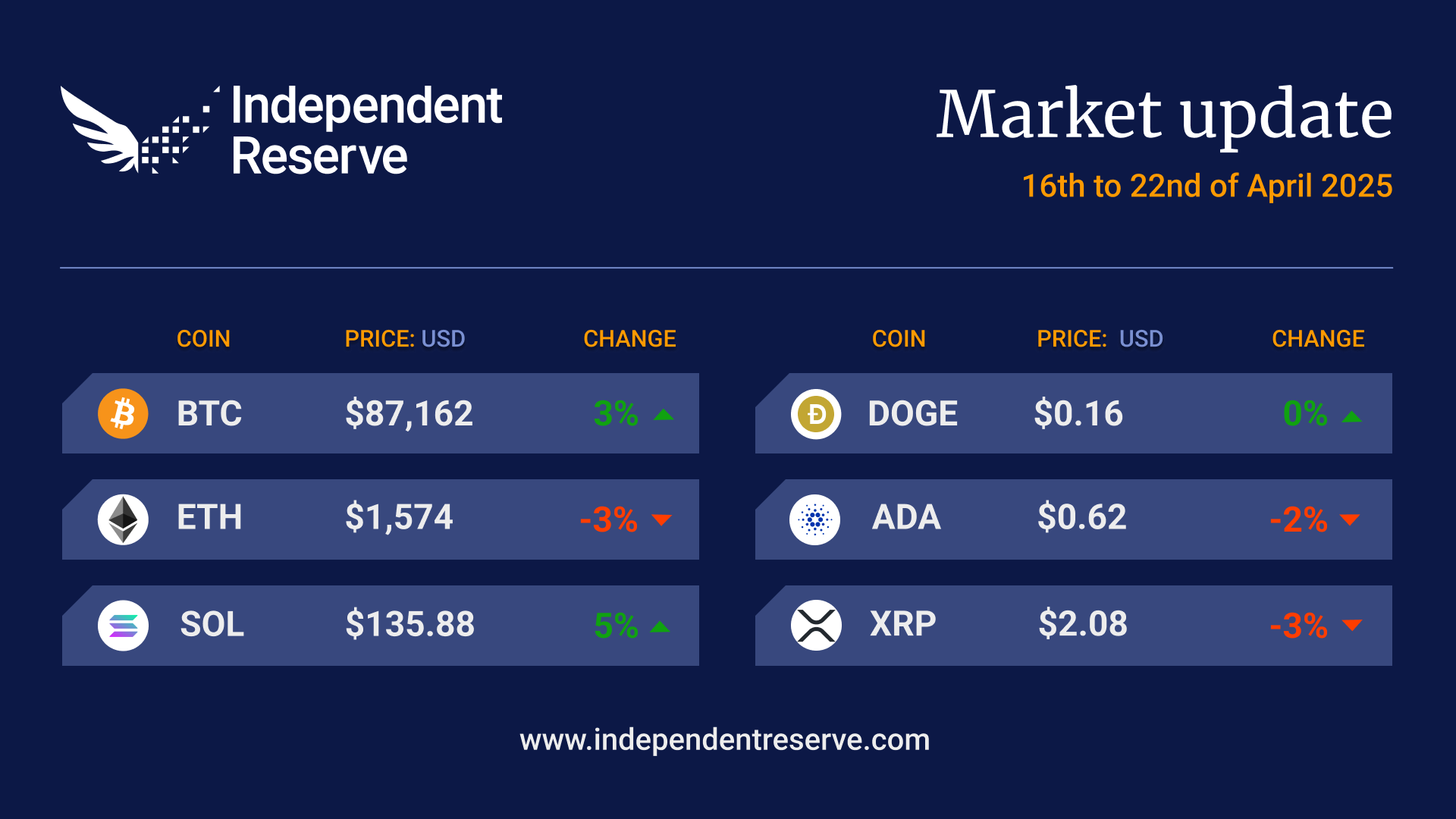In markets
Normally, crypto markets would likely be heading upwards following the news that US inflation had come in below expectations by falling to 7.7%. The Nasdaq and S&P 500 certainly had their best week in six months! However, the FTX/Alameda collapse saw the overall crypto market plunge from A$1.52 trillion (US$1.02T) to A$1.235T (US$827 billion) in the space of a week. Bitcoin fell from A$32K (US$20.8K) to hit the lowest point for the year below A$24.4K/US$16K with more pain expected. Bitcoin’s relative strength index (RSI) reached an all-time monthly low of 40.5 on November 10. Bitcoin finishes the week 21% down to A$25K (US$16.7K) while Ethereum lost 23% to trade at A$1,880 (US$1,260). Everything else crashed too including XRP (-23%), Cardano (-20%), Dogecoin (-25%) and Solana plunged 53%. The Crypto Fear and Greed Index is at 24 or Extreme Fear. In some good news though, the extremely low prices mean that the number of people who own one whole Bitcoin is fast approaching 1 million.
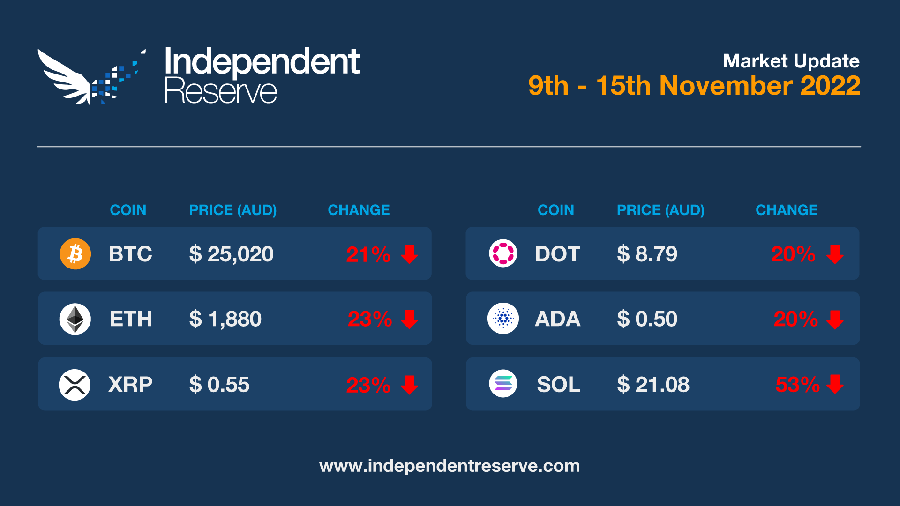
The safety and security of client assets
The FTX saga will go down as one of the most disappointing events in the history of the cryptocurrency industry.
Independent Reserve has no exposure to either FTX, Alameda, or the FTT token.
Therefore, there is no impact to Independent Reserve or our customers.
There has never been a more appropriate time to restate how seriously we take security – it is at the forefront of everything we do.
- We do not ever lend, trade or reinvest your assets.
- We maintain 1:1 reserves of all client assets and keep the vast majority of crypto in offline cold storage vaults.
- Our security procedures have been independently reviewed as part of our ISO27001 certification.
- We maintain segregation of our customers’ holdings.
- Our books are balanced, and there is no debt on our balance sheet.
- We voluntarily engage external auditors in Australia to undertake an annual audit of our financial statements in accordance with Australian Accounting Standards. The audit includes verification of all client asset holdings, both fiat and crypto.
- We also conduct financial audits in Singapore, as required by MAS, the Singaporean regulator.
We maintain complete segregation of our customers’ assets at all times to ensure that if you need your crypto, we’ve got it. We keep your funds safe. That is our promise.
Learn more about Independent Reserve’s security measures here.
From the IR OTC Desk
Last week we highlighted increased volatility in the coins/tokens associated with collateral funded positions between some of the major crypto exchanges and lenders. At the time, we were unaware that these lowly collateralised loan/borrowing agreements may also be associated with illiquid balance sheets and the mixing of client assets and operation/trading assets. The message to the industry needs to be loud and clear: safeguarding, and transparency of customer assets should be paramount. Independent Reserve has long been a proponent for these requirements, and will continue working towards seeing this enacted in legislation.
Broadly speaking, the crypto market remains concerned with the risks of additional insolvencies and contagion. The crypto market is inherently different to the provisions offered in traditional finance, where liquidity can be instructed by central banks through the adjustment of central bank repurchase collateral. Without a regulatory or central bank back stop, it is imperative that the crypto community remain diligent in their risk approach. The market will grow from the events of the last 7 days. The fallout however, will likely take a considerable amount of time to work through.
In US economics, the focus last week was on inflation data. In a positive outcome for risk assets, the US Inflation Rate YoY (Oct) printed at 7.7% versus 8.0% expected. While this is the first (meaningful) data event that has seen inflation move lower than expectation, the reality is that inflation is still running at 7.7%. It is likely that there is more work to be done by the Federal Open Market Committee (FOMC) in tightening rates. The discussion for the December FOMC will be around the appropriateness of a lesser hike, something like 50bps. At the December meeting, the FOMC will also be delivering an updated series of economic projections and the all-important anonymous forecast (dot plot) for the path of monetary policy.
In Australia, this week’s calendar is incredibly busy – beginning today with the Reserve Bank of Australia (RBA) Meeting Minutes. Additional data scheduled includes the AU Q3 Wage Price Index; Unemployment data for October; and a speech from RBA Governor Lowe. Of the data to be reported, the wage price index will prove to be the most important. Any spike in wages will materially concern the RBA and their slower approach to monetary tightening. If this data proves weaker than forecast, the RBA will feel comfortable that a wage/price spiral is unlikely to develop and can continue in their slow path of cash rate adjustment.
On the OTC desk, we have been solely focused on assessing counterparty credit risk to enable the safe conversion of cryptocurrencies for our customers. Flows in general have been to the sell side, as customers continue to de-risk. This was particularly evident in USDT, where we saw significant off ramp activity. Right here and now however, USDT appears to be much more balanced around 1:1 conversion with USD. Expect volatility to remain high, and for news headlines to actively move markets. Those tokens found on the FTX balance sheet will prove to be the most volatile.
For any trading needs, please don’t hesitate to get in touch.
In headlines
One for the history books
This has been one of the craziest weeks in the history of crypto with the swift downfall of Sam Bankman-Fried’s (SBF) house of cards shocking almost everyone. Less than two weeks ago, a leaked balance sheet showed SBF’s Alameda Research could be insolvent, given much of its assets were in FTT, the native token of SBF’s FTX crypto exchange. This convinced Binance CEO Chanpeng Zhao to announce he was selling billions in FTT, which was part of the reason behind a US$6B (A$8.9B) bank run at FTX. In quick succession: a) Binance announced a takeover of FTX b) Binance withdrew the offer, then c) FTX, Alameda and 134 associated companies filed for bankruptcy with FTX Australia calling in the administrators. The bankruptcy filing showed there are 100,000 creditors, and assets and liabilities both between US$10B-$50B (A$15B-$75B). The Financial Times later reported FTX had US$900M (A$1.34B) in liquid assets and US$9 billion (A$13.4B) in liabilities. Reuters reported that at least US$1B (A$1.48B) in customer funds had ‘vanished’ from the exchange and that SBF had built a bespoke software backdoor enabling him to allegedly transfer US$10B (A$14.8B) of customer funds to Alameda without raising any red flags with the automated compliance and security systems. Bankman-Fried resigned with John J. Ray III, the attorney who liquidated Enron, taking over. And to cap off an insane week, a ‘hacker’ (widely believed to be an insider) allegedly stole US$477M (A$710M) from the exchange (though FTX staff also appear to have moved $186M (A$276M) of funds to cold storage to protect them). By the time you read this, 17 more shock twists will no doubt have been revealed.
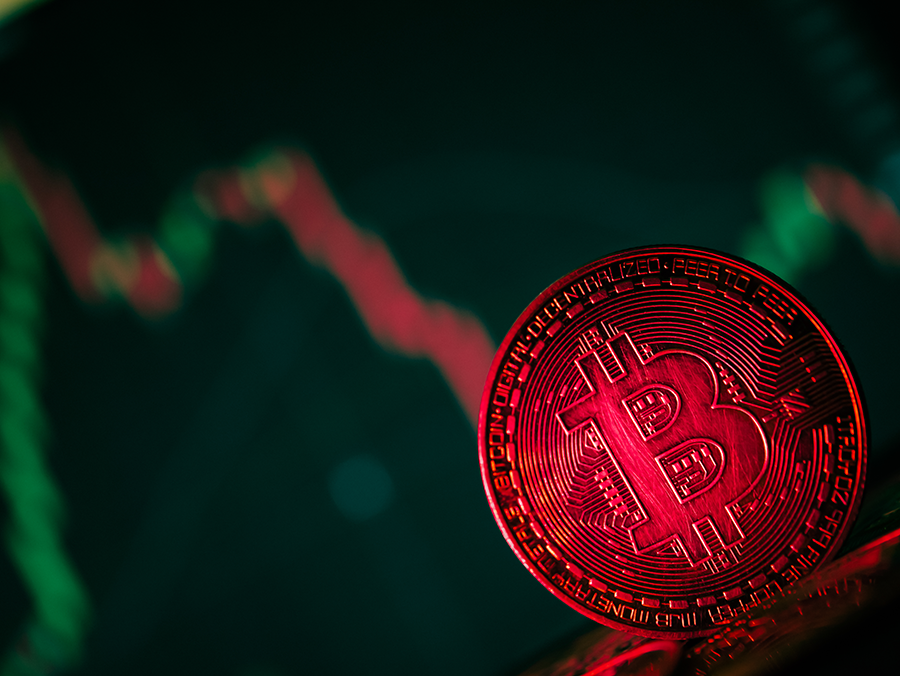
Fallout
All of the companies that collectively invested US$2B (A$2.97B) in FTX are wiped out including NEA, IVP, Iconiq Capital, Third Point Ventures, Tiger Global, Altimeter Capital Management, Lux Capital, Mayfield, Insight Partners, SoftBank, Lightspeed Venture Partners, Ribbit Capital, Temasek Holdings, BlackRock, and Thoma Bravo. Sequoia Capital said it’s writing down its US$213.5M (A$318M) investment to $0, Paradigm told backers the US$285M (A$424M) it put into FTX was likely worthless. The Ontario Teachers Pension Plan put US$95M (A$141M) in. Others have funds stuck on the exchange (possibly forever) including Gallois Capital (US$40M/A$59.5M) and Huobi (US$18.1M/A$26.9M). FTX bailed out Voyager Digital and BlockFi after the Terra and Celsius implosions (an alleged FTX insider claimed they were bailed out to avoid forced selling of FTT tanking the price and collapsing the house of cards). BlockFi paused withdrawals (it was in the process of transferring its funds to FTX for custody) and Voyager is looking for a new white knight. The entire Solana ecosystem took a big hit as SBF was its biggest proponent and FTX came up with Project Serum, the supposedly decentralised crypto liquidity engine powering Solana based DeFi. The alleged insider hack raised big concerns over whether something similar could occur with Serum. Tether wobbled off its peg but said it had no exposure to FTX.
What happens next?
The SEC and the Department of Justice are investigating FTX and Alameda for mishandling user funds and violating securities laws and Cointelegraph reported that Bahamas authorities have the FTX ringleaders “under supervision”. Other exchanges such as Crypto.com, Gate.io and Huobi have had to hose down fears themselves as users started to pull funds from those exchanges too (not least because Crypto.com ‘mishandled’ US$400M (A$595M) in an errant transaction.) Binance announced it was forming an “industry recovery fund to help projects who are otherwise strong but in a liquidity crisis.”

The bear market trudges on, we keep building
While prices are muted (even if volatility isn’t!), the best platforms use this as an opportunity to build products to prepare for the next bull run, and we’re no exception. Soon we will be launching our new trading website – rebuilt from the ground up with new features and a faster and more intuitive interface. At the same time it’s important to know that we still have the same mature core infrastructure securing your assets, and the new site has passed external penetration testing with flying colours. We’re currently in the final stages of testing, and hope to release it in the coming weeks. Don’t be surprised if you soon see a brand new website!
Crypto regulations to tighten?
Senator Elizabeth Warren seized on the collapse to call for “more aggressive enforcement” by the SEC but while it might seem to strengthen SEC boss Gary Gensler’s hand, Fortune Magazine argues he was played for a fool by SBF and missed the FTX collapse as well as the Terra and Celsius implosions so his position has been weakened. Republican house member Tom Emmer tweeted that: “@GaryGensler runs to the media while reports to my office allege he was helping SBF and FTX work on legal loopholes to obtain a regulatory monopoly.” SBF was a big backer of the draft Digital Commodities Consumer Protection Act, which many believe would have kneecapped DeFi and overseas competitors. While the authors have vowed to pursue it, Coin Metrics founder Nic Carter said he heard the bill was now dead following the FTX collapse. SBF and his family were also big donors and close to the Democrat Party which also won’t help with Republicans likely to gain control of the house. This would also put crypto proponent Republican Patrick Timothy McHenry in charge of the House Financial Services Committee.
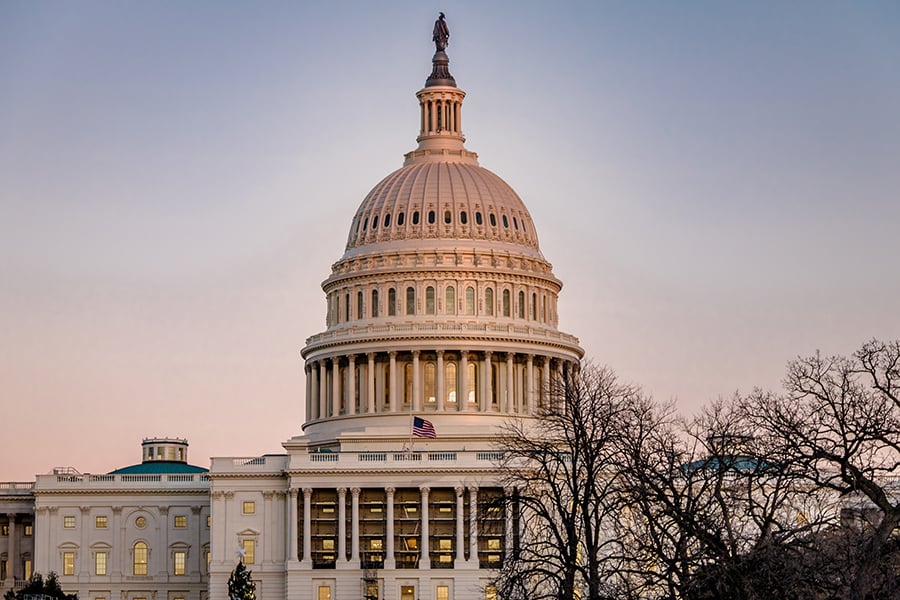
Less direct fallout
Quantum Economics founder Mati Greenspan, pointed out last week that more than 1 million people spoke about crypto on social media in just 24 hours to November 10, “an all-time record high.” “No such things as bad publicity” he added. In addition US$3 billion (A$4.46B) worth of Bitcoin left crypto exchanges this week as users got nervous. Data from CryptoQuant puts overall exchange reserves at their lowest since February 2018.
Ethereum turns deflationary
Since the fee burning mechanism was introduced in August 2021, the Ethereum network has burned almost 4 ETH every minute for a total of 2.72 million ETH burned. Over the past month it has been burning more tokens than it has issued, which equates to the supply decreasing by 0.14% on an annual basis. Transaction fees spiked to their highest levels since May in the aftermath of the FTX collapse as traders rushed to withdraw ETH from exchanges. According to Glassnode 1 million ETH has left exchanges in November.
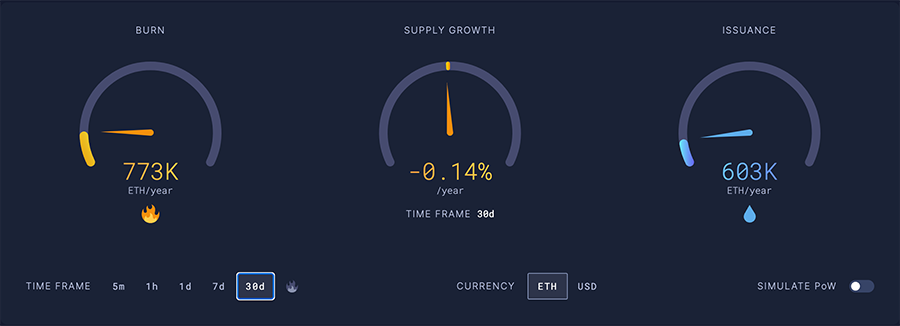
Ether supply growth as of Nov. 11. Source: Ultrasound.Money
Hopium, not financial advice
Is this the mass capitulation event that marks the bottom of the market cycle? Analyst Rekt told his 330K followers that blow ups at Mt Gox and BitMEX marked the bottom of their respective BTC cycles. He added out that BTC historically bottoms 517-547 days prior to the next halving and the next halving is now around 536 days away. “Survive the capitulation and you will flourish in the bull market,” Rekt said. Decentrader also pointed out that Bitcoin dominance and volatility metrics are mirroring the 2017 cycle top to the 2018 bear market low. “This would suggest bottom is in by Jan ’23. Q1 could well provide very strong accumulation opportunities.” Meanwhile analyst Immortal was even more optimistic and suggested we could be at the very bottom, with the pendulum about to swing back. “You are orbiting the point of maximum financial opportunity,” he said (take anything anyone says with a grain of salt however, as we are in uncharted waters).
Until next week, Happy Trading!

